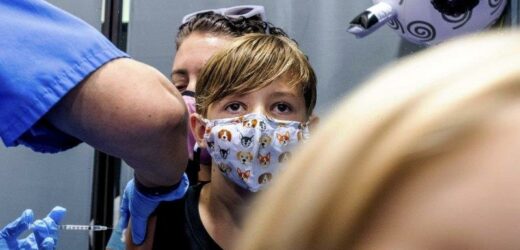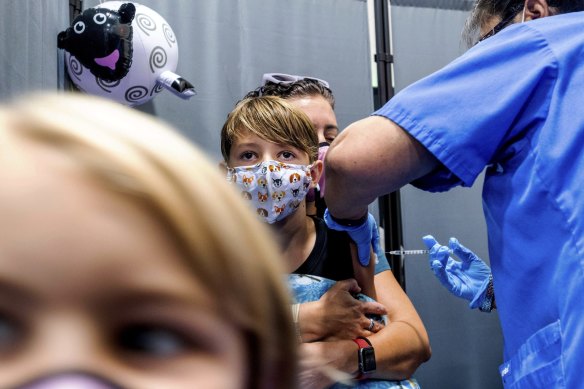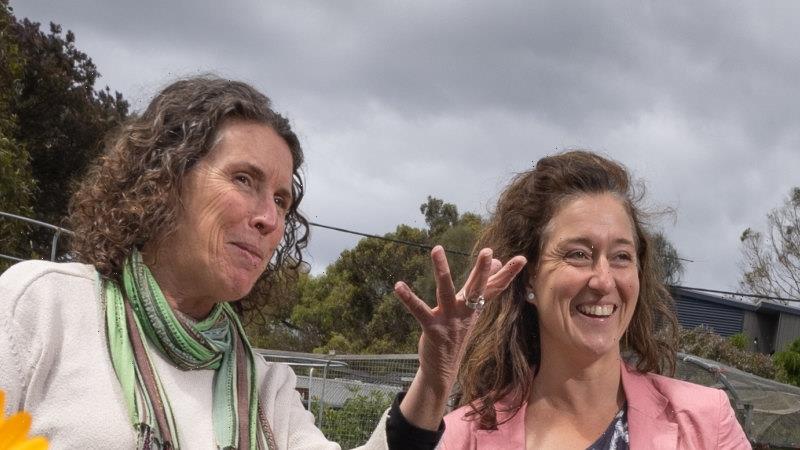Victoria’s current COVID wave seems to have plateaued for the first time in about two months, but Chief Health Officer Brett Sutton warns cases could spike again as people gather for Christmas and New Year celebrations.
“The current COVID-19 wave appears to have plateaued, with several key measures – including active cases, cases in hospital and cases in intensive care – decreasing slightly for the first time in almost eight weeks,” Sutton said in his weekly COVID update.
“However, multiple variants continue to circulate in Victoria and the transmission risks increase over the holiday period due to social gatherings and events.”
Despite the decreasing caseload, Victoria’s healthcare system is still dealing with a heavy COVID burden, with 1660 healthcare workers unable to work on Friday due to COVID-19.
There were 24,652 COVID cases reported in Victoria this week, an 11 per cent drop on the previous week’s total.
On average, there were 3522 new cases reported each day, slightly down from the 3970 cases last week.
Eighty-four COVID-related deaths were reported to the Department of Health in the past week – an average of 12 deaths each day.
On Friday, there were 638 COVID patients in Victorian hospitals, with 34 in intensive care, including five on a ventilator.
Sutton said some 60 per cent of patients aged over 70 years who presented to Victorian emergency departments with COVID were undiagnosed at the time of presentation, according to a recent study by the Department of Health.
“It is critically important that people with symptoms continue to test for COVID-19 and that people who test positive, and are eligible for antiviral treatments, get those treatments as soon as possible,” he said.
More than 200 Victorian children have been hospitalised with COVID in the last three months, but the Health Department has warned that parainfluenza and adenovirus are also circulating among young children this summer.
“While the number of children with respiratory illnesses such as influenza and RSV presenting to emergency departments has decreased since winter, parainfluenza, adenovirus and COVID-19 continue to circulate in the community,” a Health Department spokesman said.
More than 200 children have been hospitalised in Victoria with COVID-19 over the last three months.Credit:AP
Human parainfluenza virus commonly causes respiratory infections in infants and young children. Patients usually recover on their own. But parainfluenza can also cause more severe illnesses, such as croup or pneumonia.
Adenoviruses can cause common flu-like symptoms, fever, and sore throats, as well as more severe illnesses including acute bronchitis and pneumonia.
“Parainfluenza, adenovirus and COVID-19 continue to circulate in the community.”
Also of concern is an increase in cases of strep throat among children under the age of four. Strep throat is not a notifiable condition, with the exception of Group A Strep infections considered “invasive”.
Collected data on invasive Group A Strep does not indicate a particular rise in infections in 2022 compared to other years, however, there have been more cases in the 0-4 age group.
Group A streptococcal infection most commonly causes a sore throat and fever. Infected children should be kept away from school, preschool or childcare until they have received at least 24 hours of antibiotic treatment and feel well. It can be spread by sneezing, coughing and hand contact, and in rare cases, by contaminated food.
The Morning Edition newsletter is our guide to the day’s most important and interesting stories, analysis and insights. Sign up here.
Most Viewed in National
From our partners
Source: Read Full Article



